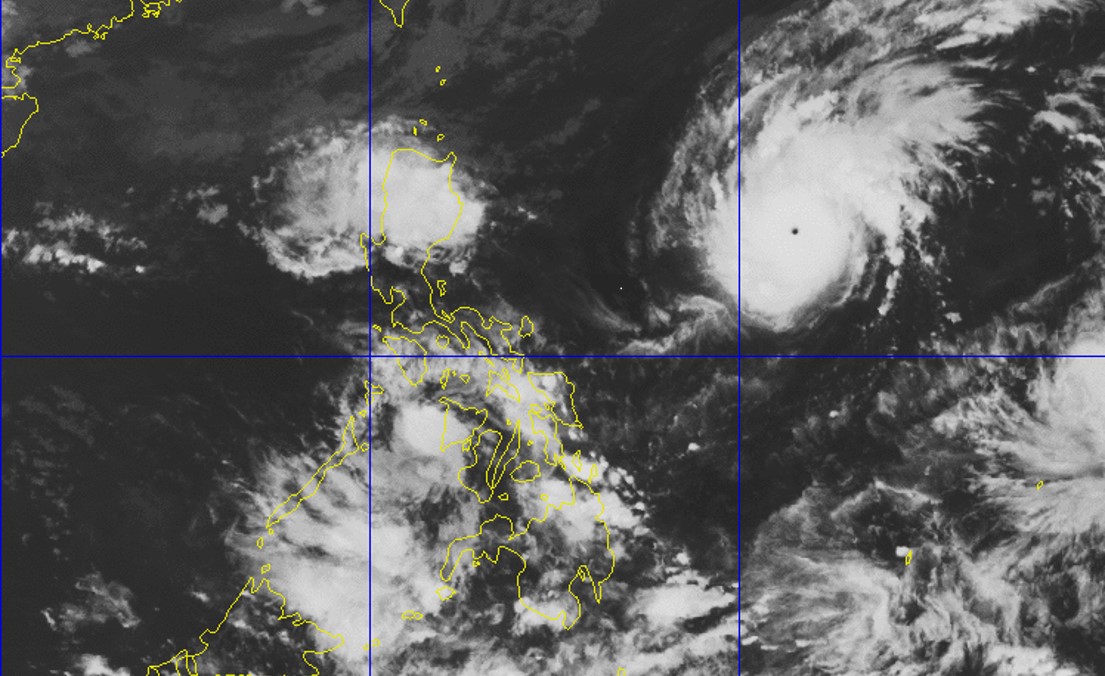Over 200,000 thousand Filipinos have been ordered to evacuate their homes on October 31 as typhoon Rolly (international name: Goni)—deemed the strongest storm on earth this year—moves towards the Philippines.
The typhoon is expected to make landfall with wind speeds of up to 205 kilometers per hour, bringing “destructive” winds and storm surges as per the National Disaster Risk Reduction and Management Council.
“It looks like we will have really strong winds, increasing the chances of widespread flooding and landslides. Storm surges are imminent on our east coast. We are monitoring Mayon and Taal volcanos for possible volcanic mudflows,” Mark Timbal, spokesman for the National Disaster Risk Reduction and Management Council, told ABS-CBN.
He added that the schools will be converted to emergency shelters, along with evacuation centers and state-run gymnasiums.
In a report by AFP, preparations are being ramped up in Bicol region, with rescue vehicles, emergency response teams, and relief goods being organized ahead of the landfall of the typhoon.
The weather service also noted that moderate to high risk of storm surges featuring violent winds and intense rainfall could happen during the storm, which could lead to flooding and landslides.
Earlier, the US Navy – US Air Force Joint Typhoon Warning Center (JTWC) forecasted a higher peak strength of the tropical cyclone at 240.76 km/h, with a maximum sustained winds and gusts reaching 296 km/h on Saturday.
If this forecast proves true, Rolly would be the strongest cyclone to enter the Philippine Area of Responsibility for 2020, and the first super typhoon for this year.
However, the US JTWC classifies typhoons according to one-minute average measurements of sustained winds, compared to the tropical cyclone intensity scale used by Philippines Atmospheric, Geophysical and Astronomical Services Administration (Pagasa), which makes readings based on 10-minute average measurements of sustained winds.
As a result, the US JTWC’s wind readings are higher than PAGASA’s measurements.
SEE ALSO: Storm signals number 3 & 4 may be hoisted in parts of PH due to typhoon Rolly’s ‘destructive winds’




